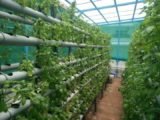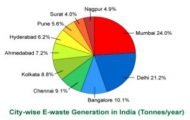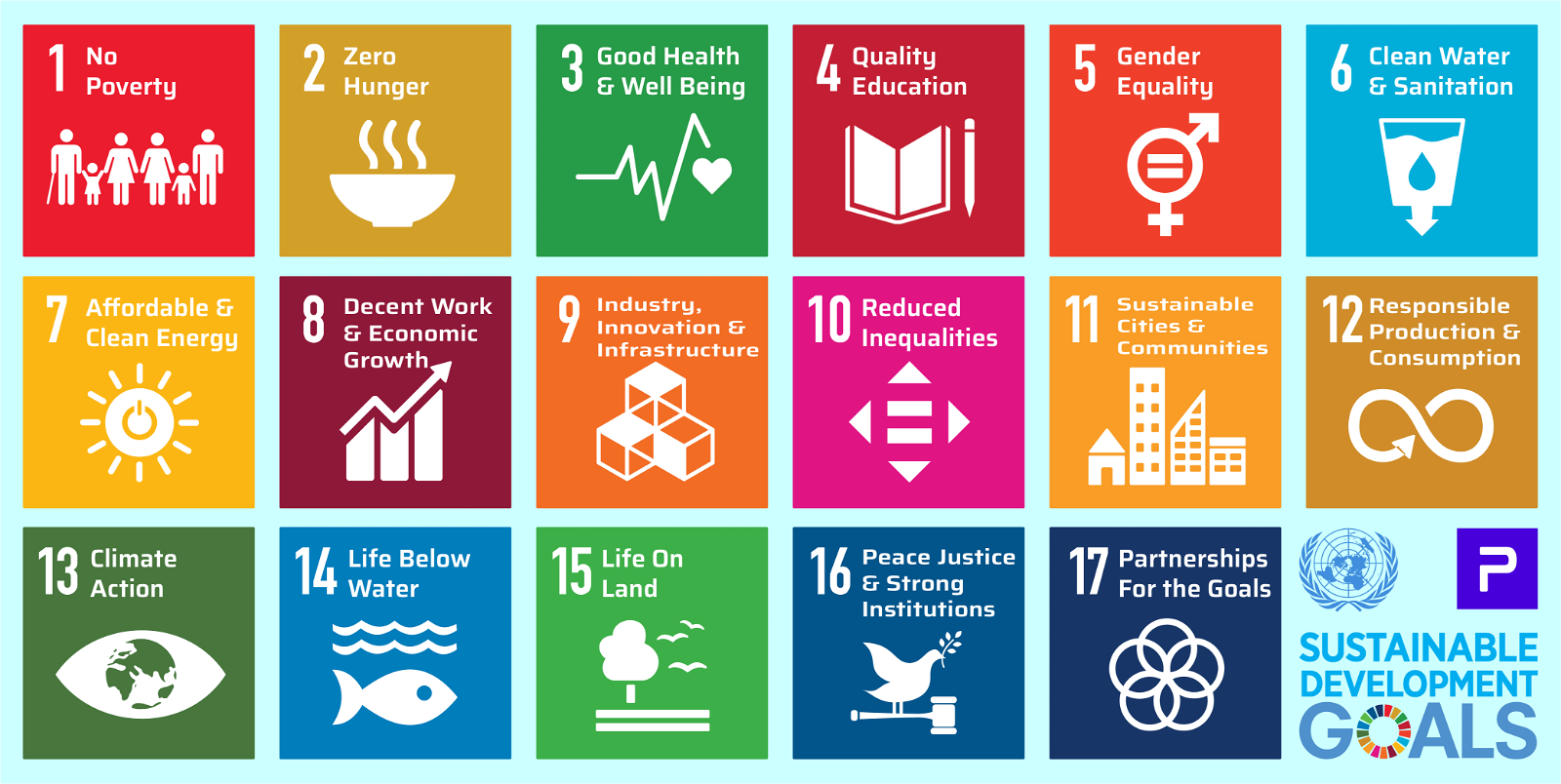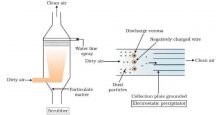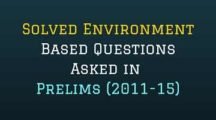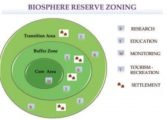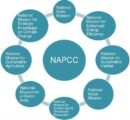
Sustainable Agriculture: Mixed cropping, Crop rotation, Mixed Farming
Subscribe to Never Miss an Important Update! Assured Discounts on New Products!
Must Join PMF IAS Telegram Channel & PMF IAS History Telegram Channel
Concept of Sustainable Agriculture

- Agriculture is a broad term encompassing all aspects of crop production (food and fibre), livestock farming, fisheries, forestry etc.
- Food and fibre productivity have increased by using new technologies, mechanization, increased use of fertilizers and pesticides and expansion of irrigation facilities.
- These changes reduced the labour demand to produce the majority of the food and fibre.
- Although these changes have had the positive effect, they also caused some serious environmental and social problems such as erosion of topsoil, depletion and pollution of groundwater and other water resources, unemployment of farm laborers due to their replacement by farm machinery.
- In view of the growing negative consequences of modern agriculture there is growing demand to promote “sustainable agriculture”.
- Sustainable agriculture is the production of food, fibre, plant or animal products using farming techniques that protect the environment, public health, human and animal welfare.
- Sustainable agriculture incorporates many environmentally safe agricultural practices and offers innovative and economically viable opportunities for farmers, laborers, consumers, policymakers and many others in the entire food system.
- Sustainable farming systems are those that are least toxic and least energy intensive and yet maintain productivity and profitability. E.g. Organic farming.
- Thus, sustainable agriculture is one that,
- supports profitable production;
- protects environmental quality;
- uses natural resources efficiently;
- provides consumers with affordable, high-quality products;
- decreases dependency on non-renewable resources;
- enhances the quality of life for farmers and rural communities; and
- will last for generations to come.
Methods of Sustainable Agriculture
- At the planning level one must take into account the local geography (topography), soil condition and nature, local climate, pests, local inputs and the farmer’s goals.
- The grower (farmer) must then select appropriate practices.
- Several methods adopted in sustainable agriculture are:
- cultivation practices to increase biological and economic stability.
- selection of improved varieties to suit the need.
- soil management by proper method of tillage.
Mixed cropping or diverse cropping
- In mixed cropping or diverse cropping two or more crops are grown all at the same time in a field.
- If by chance one crop fails, the other crops cover the risk of total crop failure.
- Usually a long duration crop is grown with a short duration one so that both get sufficient nutrition at the time of maturity.
- Generally, a leguminous crop is grown along with the main crop.
- Legumes helps to increase soil fertility by fixing atmospheric nitrogen.
- The various plans followed in diverse or mixed cropping practices are:
- polyvarietal cultivation where several genetic varieties of the same crop are planted.
- intercropping where two or more different crops are grown at the same time, like carbohydrate rich cereal that uses soil nitrogen and nitrogen fixing legume that puts back the nitrogen in the soil.
- polyculture, in which different plants maturing at various times are planted together.
Advantages of Mixed cropping
- This practice has many advantages because fertilizer and water requirement of plants are different so there is less need of these inputs.
- Pests are controlled naturally because their natural predators find multiple habitats to survive.
- It has been found that this practice produces much higher yield per hectare compared to monoculture.
Monoculture
Strip Farming
|
Crop rotation
- It is practice of growing different crops in regular succession in the same field.
- This practice controls insects and diseases, increases soil fertility and decreases soil erosion.
- Generally, soil cannot sustain continuous cropping with high yielding single crop because certain nutrients required by the crop get exhausted totally while others remain unutilized leading to serious nutrients imbalance in soil and encouraging certain diseases and pests.
- Sowing a leguminous crop (e.g. green gram) as a rotational crop is very useful because legumes enhance nitrogen level in the soil, reduces the need for chemical nitrogen fertilizer.
- It is possible to grow two or sometimes three different crops in succession on the same land within a year is known as multiple cropping.
- This practice can go on for some time, but the land cannot maintain high yield in the long run.
Crop rotation takes into amount the following factors:
- Leguminous crop should be grown after non-leguminous crop.
- Crops require less water (irrigation) should be grown after one that requires more water.
- Crops requiring less manure should be sown after one that requires more manure.
Mixed Farming
- Optimum diversity may be obtained by integrating both crops and livestock in the same farming operation.
- Mixed crop along with livestock operations have several advantages.
- Growing crops only on more level land and pastures or forages on steeper slopes will reduce soil erosion.
- Pasture and leguminous forage crops in rotation enhance soil quality and reduce erosion; livestock manure, in turn, contributes to soil fertility.
- Livestock can buffer the negative impacts of low rainfall periods by consuming crop residue which in “plant only” systems would have been considered crop failure.
- Feeding and marketing are flexible in animal production systems. This can help cushion farmers against price fluctuations and, make more efficient use of farm labour.
Soil and Nutrient Management
- A healthy soil is a key component of sustainable agriculture. That is healthy soil along with water and nutrients produces healthy crops that are less susceptible to pests and diseases.
- Accordingly, soil must be protected and nurtured to ensure long term productivity and stability.
- Methods of protection include using cover crops, compost, reducing tillage, conserving soil moisture by dead mulches, this increases water hold capacity of the soil.
Nutrient Management:
- There are sixteen nutrients which are essential for plants.
- Air supplies carbon and oxygen, hydrogen comes from water, and soil supplies the other thirteen nutrients to plants.
- Amongst these thirteen nutrients, six are required in large quantities and are therefore called macronutrients.
- The other seven nutrients are used by plants in small quantities and are therefore called micronutrients.
- Deficiency of these nutrients affects physiological processes in plants including reproduction, growth and susceptibility to diseases.
|
Source |
Nutrient |
|
Air |
carbon, oxygen |
|
Water |
hydrogen, oxygen |
|
Soil |
|
Nitrogen (N)
- N is an essential constituent of proteins and is present in many other compounds of great physiological importance in plant metabolism.
- N is an integral part of chlorophyll, which is primary observer of light energy needed for photosynthesis.
- N also imparts vigorous vegetative growth and dark green colour to plants.
Phosphorus (P)
- Phosphorus (P) is an essential part of the enzymes which help the crop to fix light energy.
- It forms an integral part of nucleic acids, the carriers of genetic information, and is important in stimulating root growth.
Potassium (K)
- Potassium (K) is involved in processes which ensure carbon assimilation and the transportation throughout the plant for growth and the storage of sugars and proteins.
- The potassium ion is also important for water regulation and uptake.
- Furthermore, the presence of potassium in sufficient amounts ensures resistance to frost, drought and certain diseases
Others
- Magnesium occurs in chlorophyll and is also an activator of enzymes.
- Sulphur forms part of two essential amino acids which are among the many building blocks of protein. It is also found in vitamin B1 and in several important enzymes.
- Calcium is required for plant growth, cell division and enlargement.
- The growth of root and shoot tips and storage organs is also affected by calcium as it is a component of cell membranes. Calcium is also vital for pollen growth and to prevent leaf fall.
Modern Agricultural Practices
- Modern agriculture includes animal husbandry, poultry farming, apiculture, fisheries and mushroom culture etc. to provide additional food supplements like milk, meat, fish, egg, mushroom etc.
- In addition to provide nutritional food for the masses, they also reduce load on the consumption of cereals and pulses.
|
Name |
Agricultural Activity |
|
Silviculture |
|
|
Sericulture |
|
|
Apiculture |
|
|
Olericulture |
|
|
Viticulture |
|
|
Floriculture |
|
|
Arboriculture |
|
|
Pomology |
|
|
|
|
|
|
Geoponic |
|
|
Revolutions in Agriculture
|
Revolution |
Economic Activity |
|
Green |
Food grain Production |
|
Golden |
Horticulture, Fruit, Honey Production |
|
Golden fibre |
Jute cultivation |
|
Grey |
Fertilizer Production |
|
Blue |
Fish Production |
|
Black |
Petroleum Production |
|
Brown |
Leather production |
|
Pink |
Prawn Production / Onion production |
|
Round |
Potato Production |
|
Red |
Meat / Tomato Production |
|
Silver |
Egg / Poultry Production |
|
White |
Milk Production |
|
Yellow |
Oil seeds Production |
Global Alliance for Climate-Smart Agriculture (GACSA)
Q. With reference to the ‘Global Alliance for Climate Smart Agriculture (GACSA)’, which of the following statements is/are correct? (2018)
Select the correct answer using the code given
|




![PMF IAS Environment for UPSC 2022-23 [paperback] PMF IAS [Nov 30, 2021]…](https://pmfias.b-cdn.net/wp-content/uploads/2024/04/pmfiasenvironmentforupsc2022-23paperbackpmfiasnov302021.jpg)

